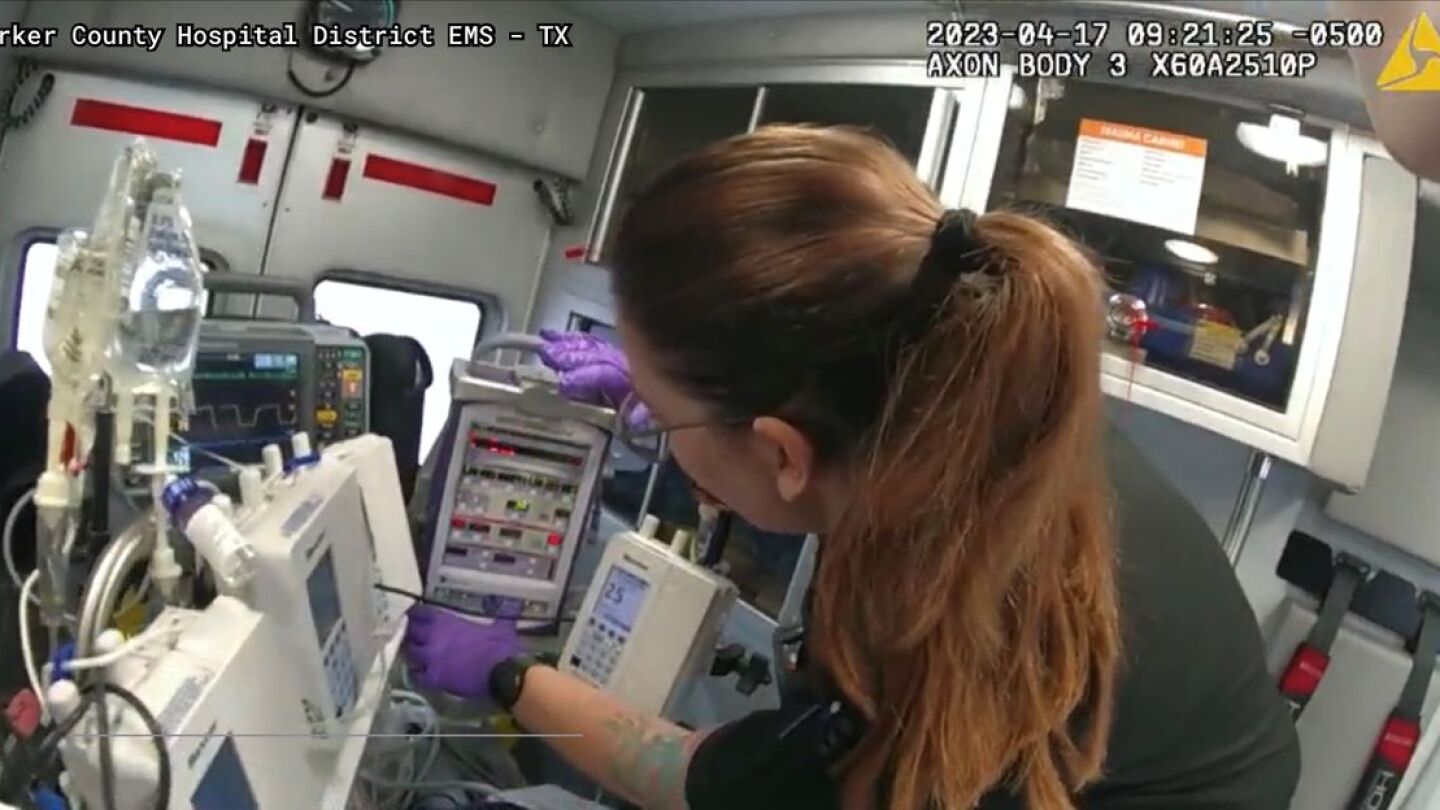EMS Protocols
The EMS protocols topic section includes recent news and articles about proper EMS protocols.
Establishing clear policies, protocols and building trust: PCHD EMS shares their body-worn cameras implementation journey
A 13-step action plan to provide compassionate and effective care while navigating the evolving legal landscape
Drs. Tracy Coffey and Ashley Huff discuss geographic inequities and extraordinarily long transports
Harassment included being groped, enduring public lewd discussions, and fending off numerous unwanted sexual advances
Pay attention to what each NREMT exam question is asking; study high-yield ‘nooks and crannies’
Response time for basic life support calls have increased 1 minute 18 seconds on average
Yellow Dot Program would provide responders with basic information that could be lifesaving at crash scene
Tenn. incident makes for strong argument on mandatory background checks for public safety personnel
Army combat medics are trained to provide medical assistance in combat situations and can provide trauma care that’s beyond the scope of civilian medics with EMS or EMT training
New and aspiring EMTs need to understand the most important EMT responsibilities to assess and treat ill and injured patients
There is no reason why trauma scissors, Leatherman tools and folding knives need to be carried where potentially violent patients can grab them
Officers and firefighters at the scene did attempt to secure rescue boats, including from the U.S. Coast Guard
Residents maintain a report should have held first responders more responsible for Raymond Zack’s drowing off Crown Beach on Memorial Day
EMS professionals have more opportunities than ever for synchronous and asynchronous online education for refresher and recertification education
Give this a try next time you have to splint a patient with a hip fracture in cramped quarters
This system requires working through a list of potential problems to reveal the worst problems quickly
Study in response to report showing survival rates from cardiac arrest decreased when more time passed between chest compressions and defibrillation
Training paramedics and EMTs on changes to EMS protocols ensures they’re performing to the best of their ability within the parameters of recognized standards
There are basically two types of tourniquets, each having different advantages
A-Fib is the most common cardiac rhythm disturbance and failing to treat it properly could result in a stroke
When treating their child, parents can be your greatest asset and also can be a considerable hindrance
AHA says everyone from professionals to bystanders who use standard CPR should begin with chest compressions
The local EMT says it’s unfair to put the onus on coaches or even EMTs, to decide whether a player is healthy enough to return to a game if an athletic trainer is available
Reducing the numbers of people being admitted to hospital is estimated to save the NHS around GBP13 million a year
EMS providers are concerned about their documentation abilities and concern about litigation, months or years in the future, motivates them to do better
Responder lost control of ambulance last week and rolled into a ditch, killing the patient on board being transported
Panel ruled that his failings in the case were ‘serious’ and found his fitness to practice was impaired
The 79-year-old victim was standing in an ally when an ambulance backed up and hit her
Rule change would allow responders more leeway to save lives
Appropriate tourniquet use is less detrimental to distal tissue than previously thought, says medical director
MOST POPULAR
- Australian ambulance service puts restrictions on intubation, nebulizers
- Colo. bill that would limit EMS ketamine use passes House committee with amendments
- Fla. fire rescue must hire back lieutenant accused of medical negligence, arbitrator rules
- How to troubleshoot any medical device
- W. Va. dispatchers to receive advanced training










